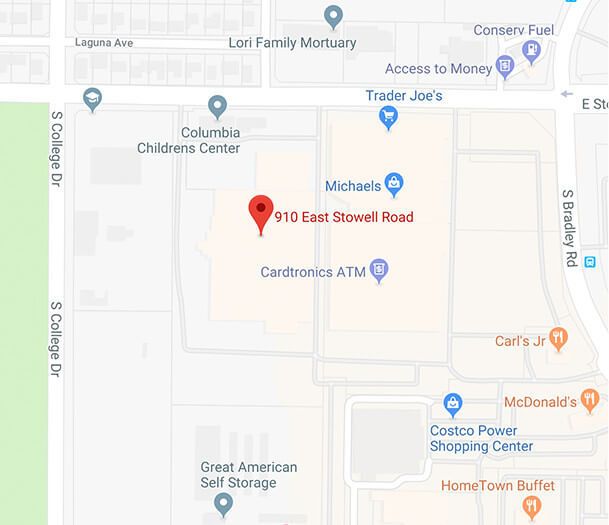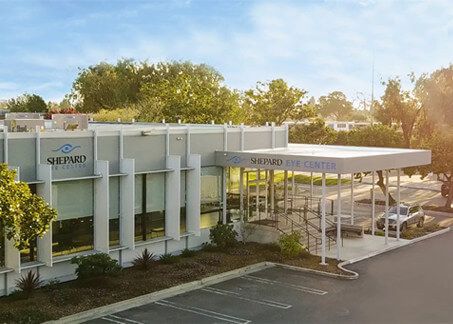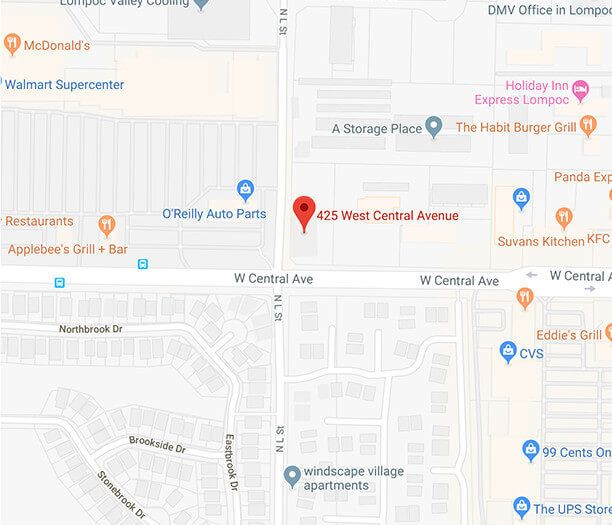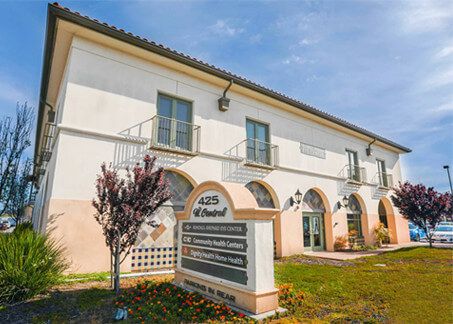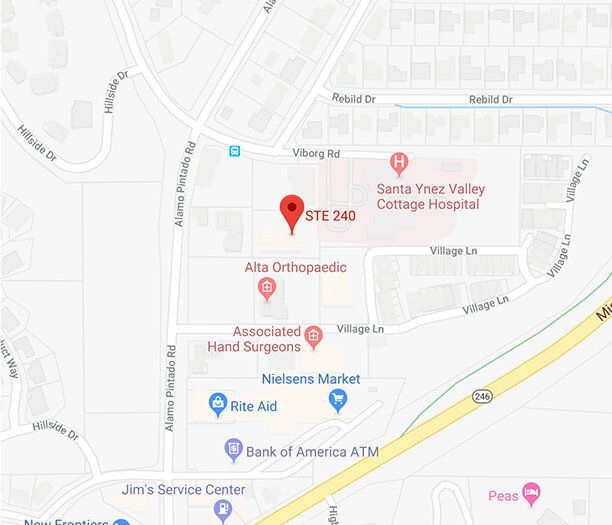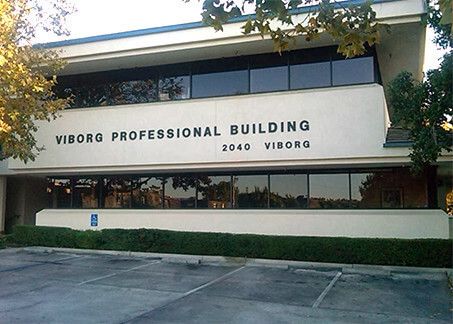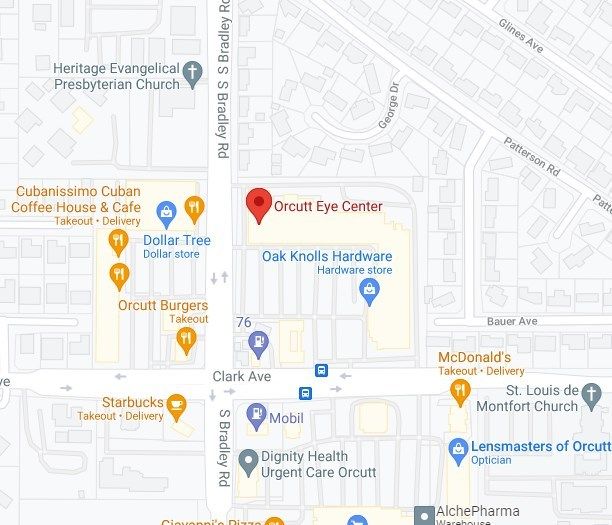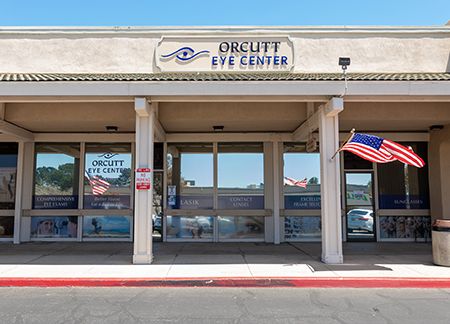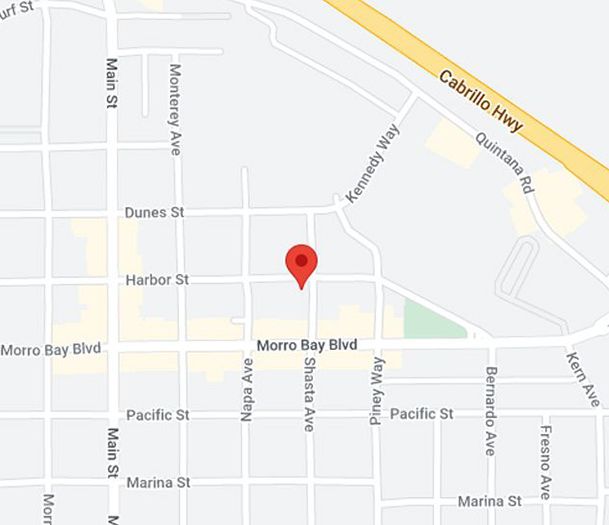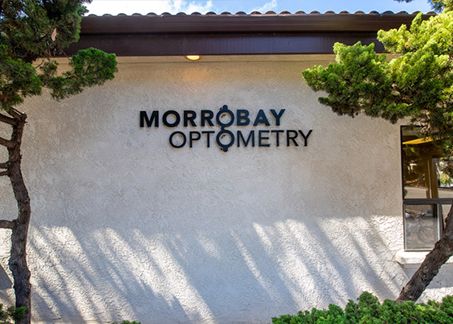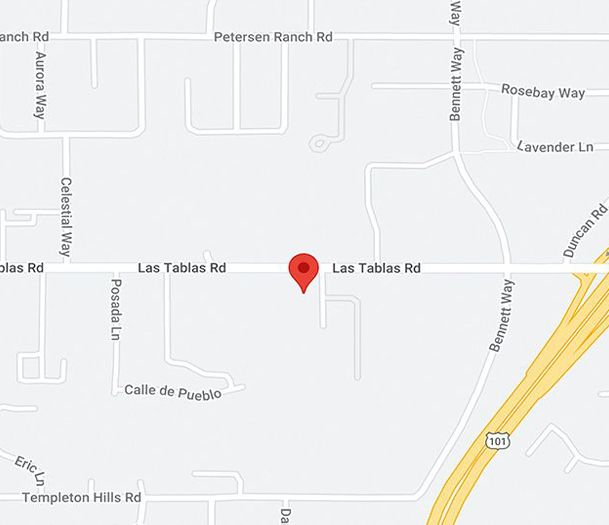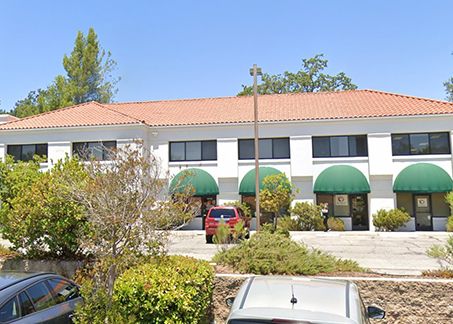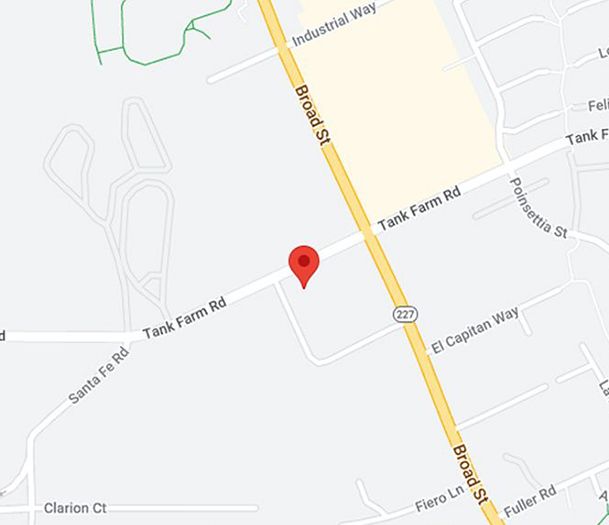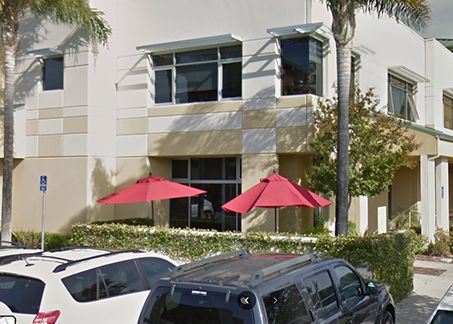Glaucoma is the second-leading cause of blindness in the United States. Even though glaucoma cannot be cured, it is a treatable disease. The vision loss from glaucoma occurs from damage to the optic nerve, the vision nerve, in the back of the eye. In most patients, he occurs because of the aging process combined with high eye pressure and there may be a genetic or inherited tendency as well.
As the nerve is damaged, the peripheral vision is usually affected first. Unless diagnosed early by their eye doctor, many patients don't realize that they are losing peripheral vision until the glaucoma is far advanced. Most glaucoma is called open-angle glaucoma and is a slow painless disease with a gradual rise in the eye pressure but without noticeable symptoms. However some glaucoma is acute or sudden, called narrow-angle or angle-closure glaucoma, and these patients often have eye pain and redness. An attack of angle-closure glaucoma needs urgent medical attention.
The treatment for glaucoma is to lower the intraocular pressure. This is most commonly performed with eye drops used on a daily basis or a laser treatment. The most common laser treatment is selective laser trabeculoplasty (SLT). This is a brief painless office laser treatment to help lower the eye pressure. In the narrow-angle or angle-closure type of glaucoma, different kind of laser treatment called a laser peripheral iridotomy (LPI) is often needed.
Advanced cases of glaucoma may require surgery in the operating room. Usually, his is a trabeculectomy or glaucoma tube shunt surgery to lower the pressure. These are outpatient surgeries and do require a short recovery period.
With modern treatment and regular follow-up visits, most cases of glaucoma can be controlled and treated. Your eye doctor will often recommend follow-up exams every 3 to 6 months to monitor the disease. Very frequently the doctor will order testing of the peripheral vision (visual field exams) and either photographs or imaging of the optic nerve (most often using an HRT optic nerve scan).
For further information or to schedule an eye exam please call our office at (805) 925-2637 in Santa Maria or (805) 736-2020 in Lompoc.









